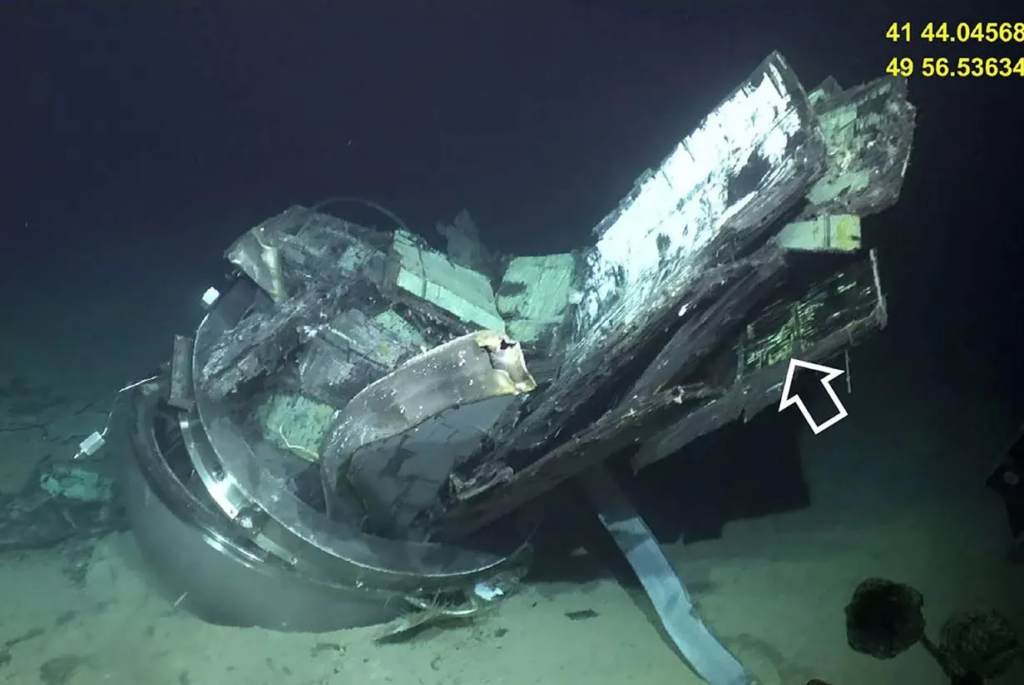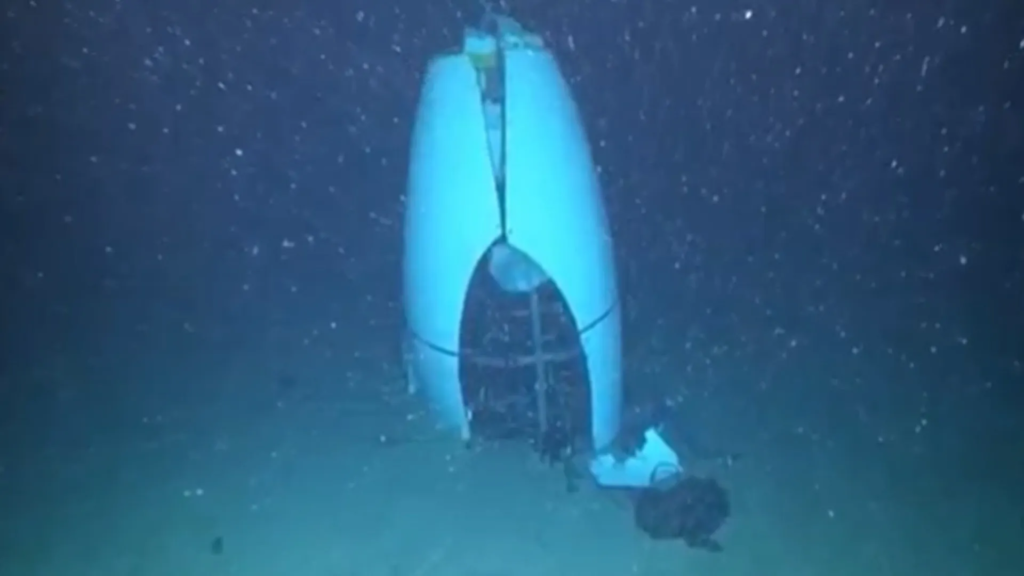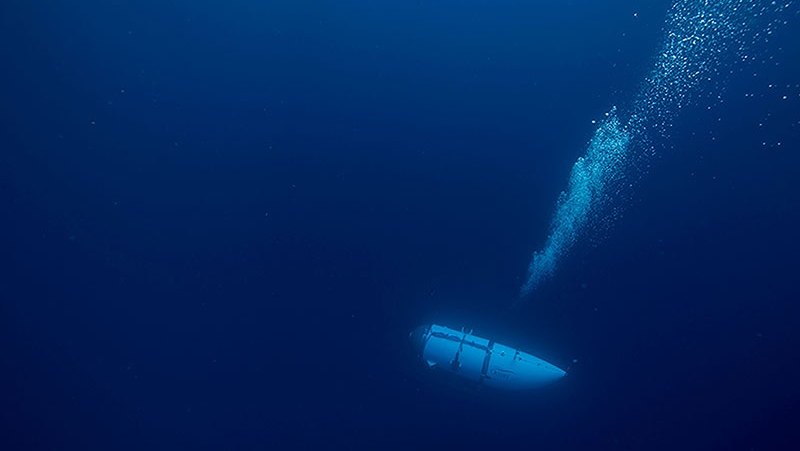Grim details continue to surface in the U.S. Coast Guard’s ongoing inquiry into the fatal Titan submersible disaster. On Wednesday, National Transportation Safety Board engineer Don Kramer revealed that imperfections in the sub’s carbon fiber hull, dating back to manufacturing, played a significant role. Kramer explained that the pressure hull exhibited wrinkles, porosity, and voids in the carbon fiber, and noted that the vessel’s behavior changed after a loud bang was heard during a dive a year before the June 2023 implosion, which claimed the lives of all five aboard.

Hull fragments recovered from the seafloor showed severe delamination of the carbon fiber layers that formed the sub’s hull, Kramer added. He also referenced a 2022 incident where a loud bang was heard as the Titan resurfaced from a dive, speculating it could have been caused by changes within the carbon fiber.
Carbon fiber, considered unreliable for deep-sea exploration, was a controversial material choice for the Titan’s construction. The hearing suggested that each dive compressed and weakened the sub over time, contributing to its eventual catastrophic failure. Kramer presented photos of the wreckage, showing fragments of the hull scattered across the ocean floor. He noted that much of the forward hull had fragmented into multiple pieces, while some parts, such as a segment near the top, remained relatively intact.
Following Kramer’s testimony, submersible expert William Kohnen, a key member of the Marine Technology Society, took the stand. While Kohnen’s company, Hydrospace Group, helped build the Titan’s window, he later became a vocal critic of OceanGate. He described the disaster as preventable and disclosed that he, along with other experts, had warned OceanGate CEO Stockton Rush in 2018 about potential dangers with the sub.

Kohnen revealed that OceanGate had requested a flat window for better visibility, despite his recommendation of an arched acrylic window, which is typically used for underwater vessels due to its structural integrity. He also noted that the window was rated for depths of 1,300 meters, yet the Titan was making dives nearly three times deeper.
Kohnen further dismissed claims that the Titan’s experimental design prevented thorough testing before deployment, stressing that OceanGate’s approach had raised alarm within the industry.


